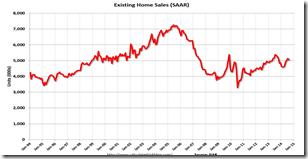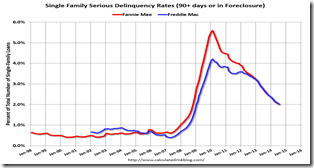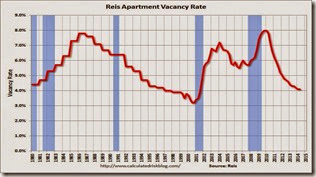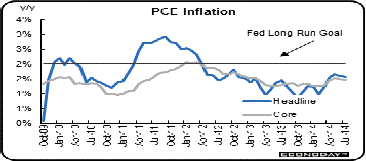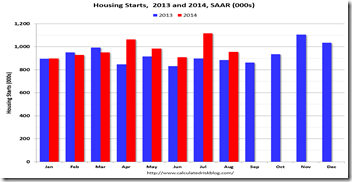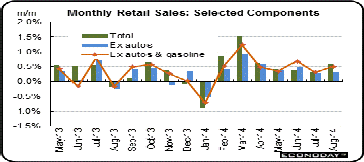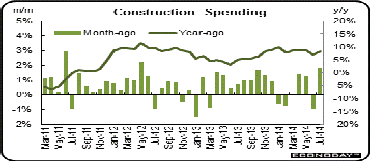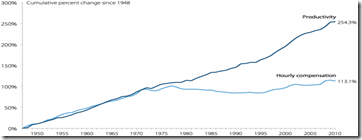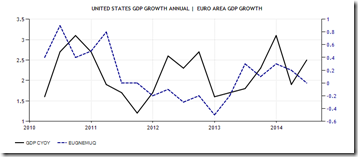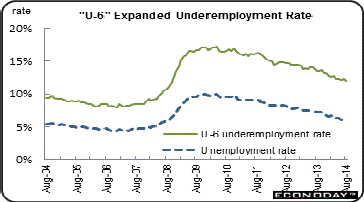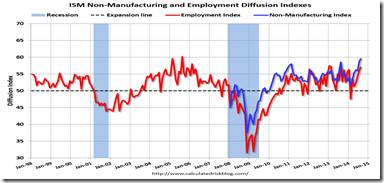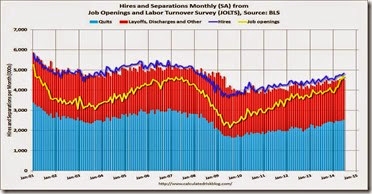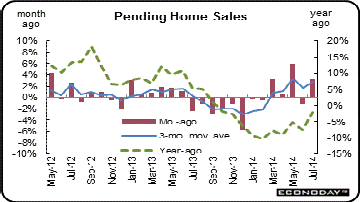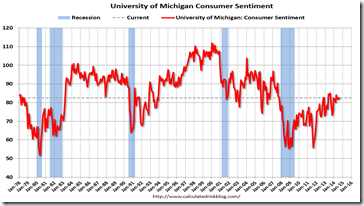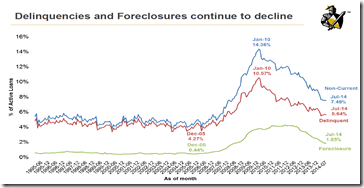The Mortgage Corner
The National Association of Realtors reported after four consecutive months of gains, existing-home sales slipped in August, as all-cash paying investors retreated from the market. Sales increases in the Northeast and Midwest were outweighed by declines in the South and West. There are fewer bargains that appeal to investors, in other words—such as foreclosures and short sales available.
So it’s now up to genuine home buyers looking for a home to increase sales, and that will happen more frequently as rents continue to skyrocket and vacancies decline. Total existing-home sales, which are completed transactions that include single-family homes, townhomes, condominiums and co-ops, decreased 1.8 percent to a seasonally adjusted annual rate of 5.05 million in August from a slight downwardly-revised 5.14 million in July. Sales are at the second-highest pace of 2014, but remain 5.3 percent below the 5.33 million-unit level from last August, which was also the second-highest sales level of 2013.
NAR chief economist Lawrence Yun says sales activity remains stronger than earlier in the year, but fell last month. "There was a marked decline in all-cash sales from investors,” he said. "On the positive side, first-time buyers have a better chance of purchasing a home now that bidding wars are receding and supply constraints have significantly eased in many parts of the country.” Yun adds, "As long as solid job growth continues, wages should eventually pick up to steadily improve purchasing power and help fully release the pent-up demand for buying.”
The major reason for less investor demand is the fall in foreclosures and delinquent mortgages, as we said. Fannie Mae reported that the Single-Family Serious Delinquency rate declined in July to 2.00 percent from 2.05 percent in June. The serious delinquency rate is down from 2.70 percent in July 2013, and this is the lowest level since October 2008.
Freddie Mac also reported that the Single-Family serious delinquency rate declined in July to 2.02 percent from 2.07 percent in June. Freddie's rate is down from 2.70 percent in July 2013, and is at the lowest level since January 2009. Freddie's serious delinquency rate peaked in February 2010 at 4.20 percent. We are therefore closer to the longer term default rates, as shown in the accompanying graph.
And rental vacancies continue to fall, which means both rising prices, and less available rental units, another incentive for home seekers to buy. The best vacancy survey is by Reis, the apartment info data site. Vacancy was unchanged during the second quarter at 4.1 percent, said Reis, a slight worsening versus last quarter. But over the last twelve months the national vacancy rate has declined by 20 basis points, slightly below the pace of the last few quarters.
“We have been anticipating this slowdown in vacancy compression as demand moderates while supply growth accelerates,” said Reis, but that won’t deter those who study longer term trends from wanting to buy. The national vacancy rate now stands 390 basis points below the cyclical peak of 8.0 percent observed right after the recession concluded in late 2009.
That’s because at 4.1 percent, the national vacancy rate remains low by historical standards. The only time vacancy in the US was lower was during the dot.com boom‐and‐bust days of 1999 and 2000. Asking and effective rents both grew by 0.8 percent during the second quarter. This is an increase from growth during the first quarter which now appears to be just a temporary slowdown, likely due to seasonal factors. Rent growth, though weak by historical standards given such a low vacancy rate, continues to accelerate.
So we seem to have returned to historical levels of mortgage delinquencies and foreclosures, as well as rental vacancies, which means housing sales should also return to more normal levels. The shortage in inventories is the major problem, at present. This also means lots of pent up demand for new housing, which housing construction and new-home sales must eventually fill.
Harlan Green © 2014
Follow Harlan Green on Twitter: https://twitter.com/HarlanGreen

